Pastillo: Pastelillos de Carne (Puerto Rican Turnovers)
Pastelillos de Carne (Puerto Rican Turnovers)
Jump to Recipe
Pastelillos de Carne (Puerto Rico Meat Turnovers) | When I was in college I road several pisicorre or pisa y corre (passenger van buses) to get from my home in the country to my school in the city.
It was a long voyage to get to and from school. The goal was to get a van that had cloth seats and air conditioning. But, more often it had leather seats and no air conditioning.
Right next to the bus terminal was a kiosk that sold pastelillos and cold malta. Every day, on my way back home I would buy myself one of each to eat on the walk home. Pastelillos and malta sustained me during most of the years in high school and college.
Pastelillos vs Empanadas
You may be looking at these little treats and think, OH! Empanadas! But they are not empanadas, they are pastelillos (pas-te-lee-joes).
In Puerto Rico what you may call empanadas we call empanadillas because of empanadas references something that is breaded and fried, think chicken fried steak.
So, what is the difference between empanadillas and pastelillos?
Pastelillos are small turnovers made with a thin dough, similar to a pasta dough that is crimped at the edges and fried.
Empanadillas are a large turnover with a thicker dough with rolled edges. The dough has a similar texture to pie dough.
Today I am going to show you how to make pastelillos with a homemade pastelillo dough recipe. If making homemade dough sounds intimidating don’t worry you can use frozen.
I like to make my own down because I find it therapeutic but, if I am in a pinch for time I use Goya discos, which can be found in the freezer section of many Latin groceries.
Homemade Pastelillo Dough Recipe Ingredients
- flour
- baking powder
- kosher salt
- vegetable shortening
- egg
- water
The pastelillo dough recipe is similar to a pasta dough. To roll the dough I use a KitchenAid pasta rolling dough attachment. It works perfectly!
It works perfectly!
If the idea of making dough is a little too daunting, you can use Goya discos found in the specialty or Latin food freezer section. But I encourage you to try to make homemade at least once. pastelillo dugh recipe
Most pastelillos you find at roadside kiosks are filled with a simple meat filling, but the benefit of making them at home is you can fill them with all kinds of goodies.
This filling is made of ground beef, potatoes, olives, raisins, and a savory sauce. It’s very filling and satisfying. pastelillo dough recipe
How to Store Homemade Pastelillo Dough
Once the dough is rolled and cut into discs line a sheet pan with parchment paper and lay the dough discs in a single layer.
Then lay another sheet of parchment over the dough discs and lay another single layer.
Continue stacking in single layers divided by parchment until done. Then place in the freezer.
Once frozen gently separate the discs and transfer to a resealable bag. I use this technique so I don’t end up with a block of discs and I can easily use the individual discs.
I use this technique so I don’t end up with a block of discs and I can easily use the individual discs.
How to Fry Pastelillos
Let’s talk frying for a minute. I’ll be honest; Puerto Ricans want to fry all the foods, but frying can be a pain.
Then I got my hands on a Waring Deep Fryer and now frying is a snap, which is dangerous… very dangerous! Fry all the foods!!
Having a countertop deep fryer makes all the difference! I love this fryer because it self-regulates the heat, has a built-in timer and is big enough to fry generous batches without having to overcrowd the basket.
If you don’t have a deep fryer, you can also use a dutch oven or large skillet. If you choose to use a skillet pick a skillet with a heavy bottom that evenly distributes heat.
Nonstick skillets are great because they are easy to clean out and don’t form that sticky oil buildup. My favorite kind of skillet to use for frying is a cast iron skillet
.
Pastelillos can be filled with all kinds of wonderful and delicious foods. The most popular ones found in schools are pizza that is just cheese and tomato sauce.
If you are traveling along the coast of Puerto Rico, you’ll find crab filled pastelillos, and they can even make a wonderful dessert when filled with guava and cream cheese. Looking for more Puerto Rican treats? Try these arepas de coco or tostones.
Explore more Puerto Rican flavors by visiting my entire collection of puerto rican recipes.
more savory turnover recipes
- creamy chicken and corn turnovers
- shepard pie empanadas
- curried pork empanadas
Prep Time
20 minutes
Cook Time
45 minutes
Additional Time
1 hour
Total Time
2 hours 5 minutes
Ingredients
Dough
- 3 1/2 cups of flour
- 2 teaspoons of baking powder
- 2 1/2 tsp of salt
- 1/4 cup vegetable shortening
- 1 egg, slightly beaten
- 3/4 cup of water
- vegetable oil for frying
- 4 cups Puerto Rican picadillo
Instructions
Dough
- Sift flour, baking powder and salt into a large bowl.

- Add flour and shortening in a large bowl. Using a pastry cutter or fork cut the shortening into the flour. Add the egg and mix using a fork.
- Add the water a little at a time, mixing with a fork. When done mixing the dough will be brittle or in pieces.
- Dust a work surface with flour, turn the dough out on the work surface. Press the dough together into a rough ball. Knead the dough using your palm, as if you were washing clothes on an old washboard.
- Knead until the dough is soft and smooth. Form into a ball, cover with a plastic wrap and let it rest for 30 minutes.
- Line a sheet pan with parchment paper. Roll dough out into a rope about 15 inches long. (I roll, pull and squeeze) Once rolled out cut off disks about ¾ of an inch thick. Dust your rolling pin and workspace and roll out into a 1/8 thin circle.
- If you have a pasta roller, you can use it to roll out the dough rounds. Lay dough rounds on a prepared sheet pan and cover with a clean kitchen towel.
 If you need to layer, the rounds place a piece of parchment between the layers.
If you need to layer, the rounds place a piece of parchment between the layers.
Assemble
- Take a round of dough and place 1 spoonful of picadillo or filling of choice in the center. Be careful not to get any food along the edges or it will not seal properly.
- Using the tip of your fingers wet the edges of the dough with water. Fold over to make a half-moon. Pinch the dough together using your fingers, then go over it, pressing it with the teeth of a fork. Return to sheet pan and cover. Repeat with remaining rounds and filling.
- Line a large plate with paper towels. Heat 1 1/2 inches of oil to 350 degrees in a large deep skillet. Working in batches, carefully place turnovers into the oil.
- They should almost immediately begin to puff and float, cook on each side about 2 minutes, or until golden brown and crispy.
- Transfer to a plate to drain and let cool.
Recommended Products
As an Amazon Associate and member of other affiliate programs, I earn from qualifying purchases.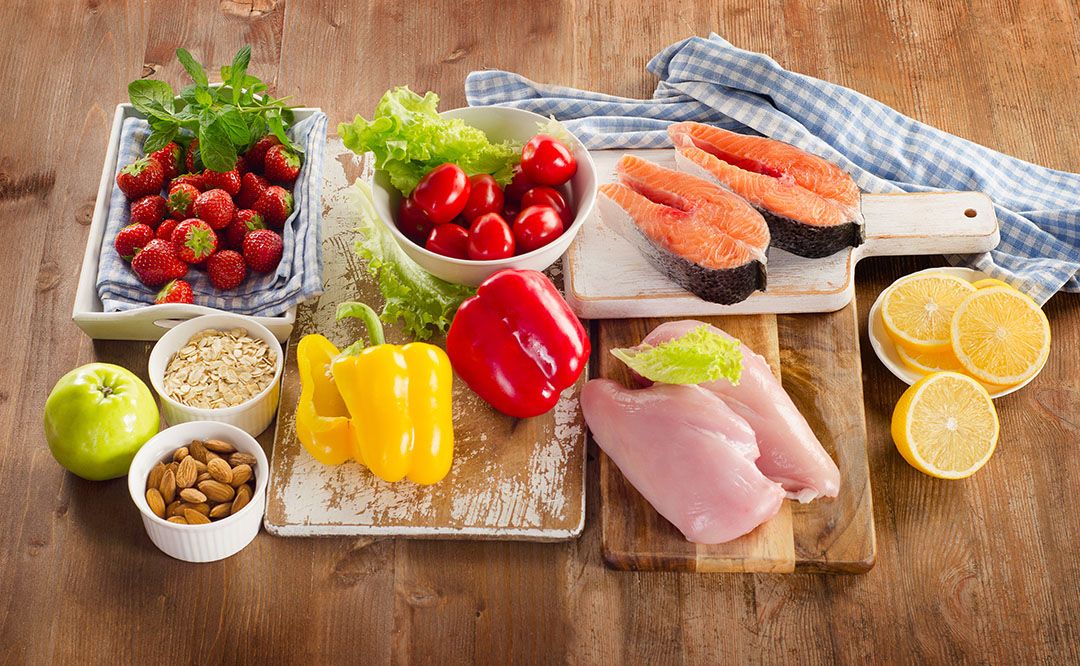
T-fal Oil Filtration Ultimate EZ Clean Easy to clean 3.5-Liter Fry Basket Stainless Steel Immersion Deep Fryer, 2.6-Pound, Silver
Paderno World Cuisine Set of Five Dumpling Molds
Marcato Atlas Pasta Machine, Made in Italy, Chrome, Includes Pasta Cutter, Hand Crank, and Instructions
Nutrition Information:
Yield:
18
Serving Size:
1
Amount Per Serving:
Calories: 239Total Fat: 10gSaturated Fat: 3gTrans Fat: 0gUnsaturated Fat: 6gCholesterol: 28mgSodium: 402mgCarbohydrates: 28gFiber: 2gSugar: 4gProtein: 9g
One More Thing!
Rebecca and I launched the My Plate is Always Full Podcast! Just two friends and former chefs talking obsessively about food. You can go and subscribe now!
New episodes released every Wednesday!
In the meantime follow us on Instagram @my.plate.is.always.full or visit our website!
Playa El Pastillo – Isabela, Puerto Rico
Award-Winning Tour in Puerto Rico
This beach is a pretty magical and special place. This wide stretch of flat sand welcomes the sea and the brilliant sunshine, calling to those who wish to contemplate the calm spirituality of quiet waves, sapphire skies, and hidden treasures only found by those that take the time to really see.
This wide stretch of flat sand welcomes the sea and the brilliant sunshine, calling to those who wish to contemplate the calm spirituality of quiet waves, sapphire skies, and hidden treasures only found by those that take the time to really see.
As soon as you arrive at the beach, if you look to the far-off cliff, you’ll see the profile of a Taino native carved by Nature, this is the first indication that this place is particularly blessed. It seems that the island itself desires to keep a sacred spot in memory of those who first dwelt here.
The solemn feel of this beach makes raucous, the vivacious play feels impious and disrespectful. This beach does not have much shade but along the cliffs, you can find a shaded oasis under palm trees. This beach has a very wide expanse with sand the color of ground ginger.
Stronger waves on the north side of the island, although visually stunning, make some parts of the northern coast a place for exploring rather than bathing, the diversity in the scenic landscape certainly makes up for it, a quick dip, or sitting along the edge is bliss. The best time to enjoy Playa El Pastillo is from late spring ’til late fall, but we find it interesting during the winter to watch the strong surf.
The best time to enjoy Playa El Pastillo is from late spring ’til late fall, but we find it interesting during the winter to watch the strong surf.
Lush green vegetation blankets the cliffs that serve as an emerald backdrop contrasting with the buff sand and intensely blue waters. It’s no wonder that artists and photographers find the views so captivating.
Along the water, the sand is compact making it enjoyable for feet to walk, the sand thickens towards the back, sand dunes have formed, indicating that the tide comes in pretty far. The wild primitive landscape, the extraordinary hues, heightened by the brilliant sunlight beckons aficionados of natural beauty.
Walk along the line of cliffs and you’ll find small caves that may have been given shelter to natives for centuries. Listen closely and you just might hear strains of their chants and music blending with the wind and sea.
Scroll below and stay longer for a walking tour of El Pastillo Beach, one of our favorite beaches in Puerto Rico.
Popular Beach Activities in the West Coast of Puerto Rico
Please Note:
- Playa El Pastillo does not offer any facilities, you need to bring everything you’ll need during your visit, leave only footprints, take your trash with you and dispose at a trash can.
- There are no lifeguards at this beach, you use at your own risk.
- Visit during the summer when the tide is low and the surf gently splashes against the natural barriers. The rocks along this stretch of beach are cause for concern during high tide and the winter when waves crash and can mask more dangerous rocky areas. If planning a visit with children or inexperienced swimmers, it is best to remain on the calmer stretches of beach or enjoy fun in the sun at another of the many family-friendly beaches of Isabela. We want our visitors to delight in their excursions safely.
We’ll start your online tour by walking towards the west side of El Pastillo Beach if you were starting from the main entrance.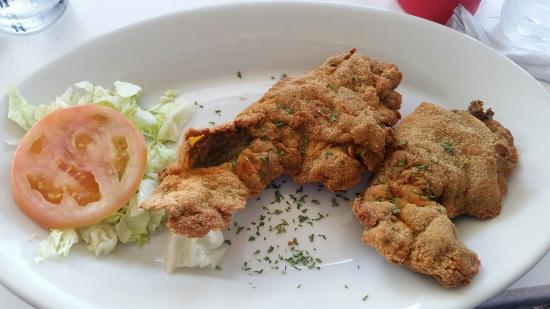
Scattered naturally throughout, iconic palm trees frame an artist’s dream stretch of sea and sand.
A glistening morning is a perfect time to take long walks and go beachcombing for sea glass that matches the translucent water, tiny shells that were used as decoration by natives, and revel in the spectacular view.
Choose a morning after island rain has washed swirls of rich soil from the cliffs into the burnished sand, creating patterns that mirror the swirling morning clouds. As the tide pulls through the shore, the beach resembles gingerbread with frothy white icing. A “sweet” place indeed.
During low tide, you can find sea gardens where baby oysters grow. Notice the balance of green from the cliffs matching the green of the tidal pools. No wonder this beach holds a quality of spiritual and life balance.
Although the beauty of the water and waves hypnotize the senses, there are treasures hidden along the cliffs. Pools and small caves play hide and seek where the sands meet the verdant bluff. These finds are seasonal, as the tide reaches farther in the rocks during the winter months, cutting off some of these secluded spots.
Pools and small caves play hide and seek where the sands meet the verdant bluff. These finds are seasonal, as the tide reaches farther in the rocks during the winter months, cutting off some of these secluded spots.
Lower rock formations, carved by the sea, transform into a small cave that shelters an intimate space, perfect for quiet meditation and romantic conversation. From the interior of the cave, wind and surf are perfectly framed. This is certainly not a typical beach, but who wants “typical” when you are taking some time for soul-searching or wish to find an ideal romantic spot when the tide is low. Imagine having a picnic with this kind of view!
After marveling inside the cave, head west to get a closer look at the original Cara de Indio (Indian face). Clearly, Nature wanted a notable remembrance of the natives of this land. What a majestic finish to a day’s beachcombing…but we’re not done yet…there’s more wonder to come…
As you get closer, you’ll now reach a site imbued with mystery; a sacred space. It’s a place where there is a feeling of being one with the sea and sky, embracing the history, the connection to Nature, and the impression of endless energy. This is a place brimming with Life. Waterfalls connect to tidal pools, feeding the creatures that rely on the delicate balance of survival.
It’s a place where there is a feeling of being one with the sea and sky, embracing the history, the connection to Nature, and the impression of endless energy. This is a place brimming with Life. Waterfalls connect to tidal pools, feeding the creatures that rely on the delicate balance of survival.
The cycle of water spraying against the rocks before settling across flattened stone and trickling in rivulets back to the beginning is mesmerizing. The soothing sounds of water and birds are a relaxing recess from day-to-day cares.
Musical beats crash like cymbals with each collides of water and stone. Listen to the rhythm that invigorates each sense. Feel sea spray against the skin. Catch the scent of salt and surf. Lick your lips and taste the brine in the air. Add the warmth of the sun and you will be stirred.
Once at the steps of the entrance to the Indian’s face, you can look back and appreciate the vast beauty of this beach.
The little pools brim with little treasures to find as you stroll. A few more steps and you’ll arrive at a local secret spot very few still know. By late summer all the sand from the cave is above sea level, there are pools of fresh water inside.
A few more steps and you’ll arrive at a local secret spot very few still know. By late summer all the sand from the cave is above sea level, there are pools of fresh water inside.
During the winter months, the scene changes and the cave is not accessible. Waves take over and swell into the entrance. Come from late Spring to early fall to be sure you experience this exquisite locale.
If you came for a walk early morning, as you walk back east to explore the rest of the beach, you’ll notice how the color of the water changes, it is clearer, the sand seems a lighter shade as the sun moves across a deeper blue sky. Those that love photography and notice the details will appreciate the ever-changing scene of this magnificent beach.
Top Rated Tours in Isabela & Nearby you May Enjoy
It is easy to spend an entire day at this beach before satisfying your curiosity and appreciation. At the first glance from a distance, it may not look all that special…as you begin to walk you’ll find that the east side of Pastillo Beach has its own share of treasures and interesting gifts offered by Nature.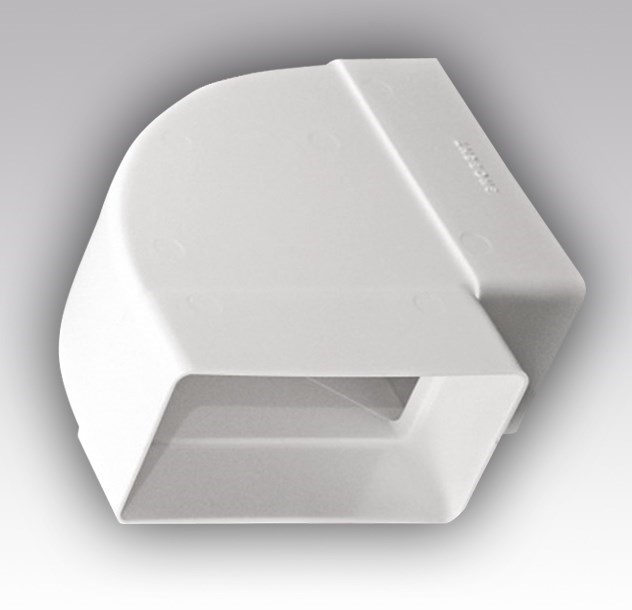 This is the ultimate beach for taking a long walk on the beach.
This is the ultimate beach for taking a long walk on the beach.
On the east side of Pastillo, during the summer months, the water is shallower. The colors of the water mesmerizing… could anyone ever imagine so many shades of blue and green? Colors melt together in the brilliant sun, a masterpiece of art.
Before continuing to walk, be sure to take a break from the sun, have a snack, a refreshing drink, and re-apply sunblock. There are a few wonderful shaded spots along the beach, find your perfect spot.
In the summer months, the beach is wider and the water shallower. This spot is the best for safely enjoying wading. While the west side is backed by cliffs, the east side of Pastillo Beach is framed by palm trees sensually dancing to the melodic breezes. The seafloor is sandy with some rocky outcrops to keep it interesting.
This section of the eastern beach is a lovely spot for families with children. Gentle warm waves and light foam surround the beachcombers with their silky touch.
When the tide is right, perhaps try a bit of snorkeling, just offshore, is a nice snorkeling spot for delving into the underwater paradise. When the waters are placid and clear, the spot pulls you into the tranquility of an underwater world. Colorful and delicate, please practice safety, and never touch, step on, or take away from the reef. Snorkeling is only safe during the summer months till early fall when the waters are calm. For safety, never snorkel alone and wear appropriate gear.
As you keep walking you’ll get to a rock outcrop, the sounds of the waves are a sweet melody along this stretch in Isabela.
Water constantly crashes against it. From here you’ll see amazing views of the entire length of the beach extending out to the west side of the Guajataca Tunnel. It is not safe to stand on the rocks during winter or bad weather. Waves of up to 25 ft. crash against the outcrop and could cause harm.
Early morning calls the local fishermen.
Fresh fish, oysters, and more sea delicacies will make their way into homes… one of the rich benefits of island life in Puerto Rico. Bring your angling equipment and join them!
Pastillo Beach is uncommon; remarkably quiet and romantic, private and pristine, with hidden surprises, and natural treasures to be found. Please help keep it in this untouched state by respectfully removing any waste or evidence of your stay. Like the Boy Scouts, “leave no trace”.
Enjoy your visit to El Pastillo Beach, this alluring locale that beckons to those who seek serenity. Keep exploring the beaches of Isabela, Puerto Rico.
Pastila – Chadeika — LiveJournal
Many people love pastila more than marshmallows. And no wonder – pastille is much less sugary, and it has almost half the sugar than marshmallows. In addition, less proteins and less agar are added to the marshmallow. As a result, it has a more pronounced fruity taste and a more delicate texture.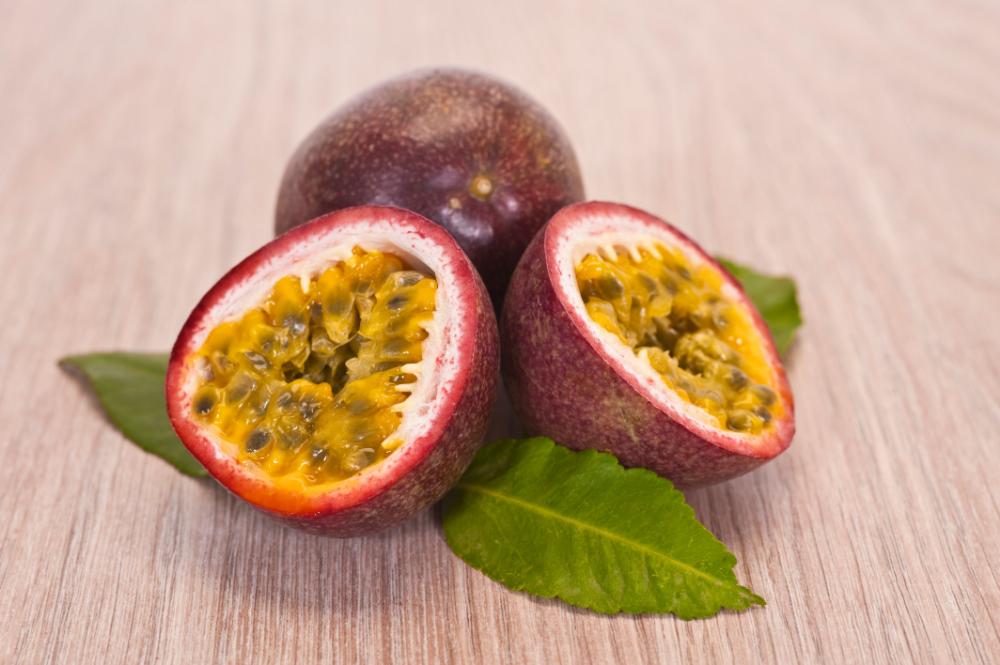
The pastille mass has a much lower ultimate shear stress, lower viscosity, and therefore, unlike the marshmallow mass, it does not retain the given shape. That is, speaking in simple Russian, products from this mass must be cast, and not deposited. And this is good news for those who did not get marshmallows!
It is interesting to consider the differences between marshmallow and marshmallow. The basis for both sweets is a mixture of applesauce with a high content of pectin (from antonovka or boiled), sugar and egg white (the protein does not need to be beaten separately). This mixture is beaten at room temperature until bright and a significant increase in volume (at least two times). This is easy to do with whipping attachments at maximum mixer speed.
The whipped mixture is brewed with hot (80-90C) sugar-agar-treacle syrup. For marshmallows, the syrup needs to be thicker and more concentrated, with a high content of agar, it is boiled down to a temperature of 110C. For marshmallow, a weaker syrup is used, boiled down to 107-108C, and in a smaller amount.
For marshmallow, a weaker syrup is used, boiled down to 107-108C, and in a smaller amount.
After brewing, the marshmallow mixture is stirred at low speed, and the marshmallow mixture is whipped at maximum speed until a significant increase in the volume of a very thick consistency. Agar solidifies at 40C, so the mixture should not be allowed to cool, but immediately cast or deposited products.
Molasses is added to marshmallows and marshmallows solely to prevent sugaring of the syrup during cooking and products during storage. If you have molasses or glucose syrup, replace a third of the sugar in the syrup with them. From experience I will say that the marshmallow candied after a couple of days, and the marshmallow is generally not inclined to this.
Both marshmallows and marshmallows were flavored with vanillin in the USSR. You can use any flavors you like.
Again, I repeat that the exact recipe is not presented in my book, but the proportions are given. In accordance with them, I prepared a marshmallow, which turned out to be almost perfect. It is very similar to the marshmallow of the Udarnitsa factory.
It is very similar to the marshmallow of the Udarnitsa factory.
250g applesauce (3-4 apples)
250g sugar
1 sachet vanilla sugar
10g protein (3 tsp)
160g sugar
3g agar (1 tsp with a slide)
60g water
icing sugar for sprinkling
Soak agar in the specified amount of water in a saucepan where you will boil the syrup.
Bake the apples (microwave 4 minutes) and scrape out the pulp. It must be rubbed through a sieve or grind with a blender into a smooth smooth puree.
Weigh 250 g of this puree…
And mix with sugar and vanilla sugar. Let stand until completely cooled. When sugar is added, the puree will become more liquid, but when cooled, it will slightly gel.
Heat the agar until dissolved, a gel will form in the saucepan. Add sugar to it. There is a lot of sugar, but when stirred, the mixture will become liquid.
Bring to a boil over medium heat while stirring, boil for a minute or until 107C. Leave off the fire.
Leave off the fire.
Whilst the syrup is cooling, add the egg whites to the applesauce and beat at maximum speed. You should get a thick, almost white mass.
Pour in the syrup in a thin stream, stirring with the mixer on the lowest speed.
Pour the mixture into a mold lined with foil. The optimal thickness of the mixture is 2 cm (as in industrial marshmallow). Form size 20×25-30cm.
Let dry at room temperature for 5-6 hours. Sprinkle the surface with powdered sugar (heartily). Turn the finished layer on the board.
Dust with powder again and cut with a circular cutter along the ruler into pieces 2 cm wide and 8 cm long.
Roll them well in the powder.
And put on a wire rack to dry, it will take 6-8 hours.
Store the finished marshmallow in a bag to avoid drying out, or eat immediately.
Tags: GOST, recipe, only from proteins, apples
Apple marshmallow with cinnamon recipe – Russian cuisine: Pastries and desserts.
 “Food”
“Food”
Apple marshmallow with cinnamon recipe – Russian cuisine: Pastries and desserts. “Food”
food garden GOLD THOUSAND
- Recipes
- magazine “Food” No. 86 (148)
- School “food”
- Ideas
- Authors
- Base
My recipes 9000
Enable INGREENTIONS
Recipe Type
Food Reviewed
Step by Step Recipes
Video Recipes
Recipes with History
AUTHOR:
portions:
0009
4 Prepare:
1 hour
1 hour
Recipe author
Author: Alena585 recipes
Energy value for a portion
Calorie
proteins
Carbohydrates
154 9000 9000 9000 9000 9000 9000 9000 9000 9000 9000 9000 9000 9000 9000 9000 9000 9000 9000 9000 9000 9000 9000 9000
32
kcal
grams
grams
grams
Portions
4
Apple
1. 3 kg
3 kg
Vanilla sugar
1.5 g
Cinnamon
Schemnus
Sugar substitute
1 Wash apples, remove defects and cut out the core. It is not worth chopping too finely, it is enough to cut the apple into 4-8 parts. Put the slices in a thick-walled saucepan (preferably not enameled), on the bottom of which pour 2 tablespoons of water. Cook covered until the apples soften (10-15 minutes).
ToolChef’s Knife
2Pure the apples with a blender or masher. It is not required to wipe through a sieve – crusts will not be felt in the finished product. If desired, add a little vanilla or cinnamon. Put the pan with the mass over low heat for evaporation (remove the lid). The more moisture evaporated, the less it will be necessary to dry the marshmallow. The readiness of mashed potatoes can be determined in the following ways: even with frequent stirring, the mass sticks to the bottom, and when you run a spoon along the bottom of the pan, the edges of the “cut” do not immediately stick together.
Tool Blender
3 Place parchment paper on a baking sheet, spread the boiled mass on it and smooth it out. The most even layer with a thickness of 4-6 mm.
4 Dry in the oven ajar or closed but with the fan on at 100 degrees. If the layer turned out to be thick, you can turn the marshmallow on the other side, for this it should be cooled first, otherwise the layer will tear.
Oven thermometer tool
Recipe tip
Dried marshmallow can be stored in glass jars, rolled up or cut into serving strips.
Properly dried marshmallows may feel slightly damp to the touch, but do not stain your hands. When cutting, the marshmallow should be easily and softly cut, if the marshmallow breaks, then it is overdried or even burnt. If the mass inside the layer is damp and smeared, the cut strips should be dried further. It dries for 2-3 hours, sometimes longer, depending on the thickness. We must follow. If a properly dried marshmallow still lags behind the parchment, you need to lightly soak it from below with water.
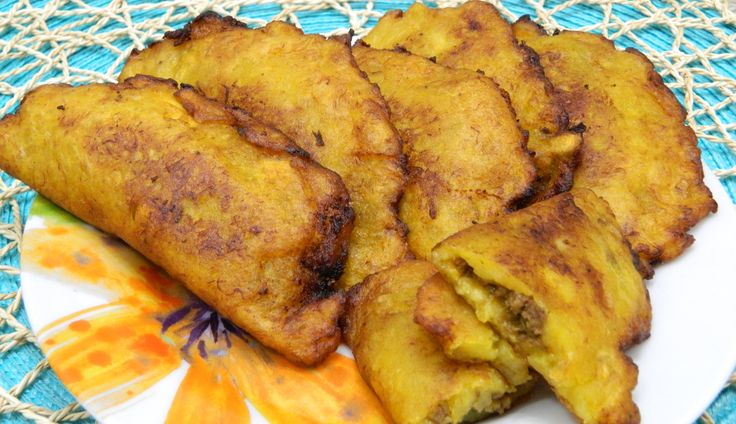
 If you need to layer, the rounds place a piece of parchment between the layers.
If you need to layer, the rounds place a piece of parchment between the layers.